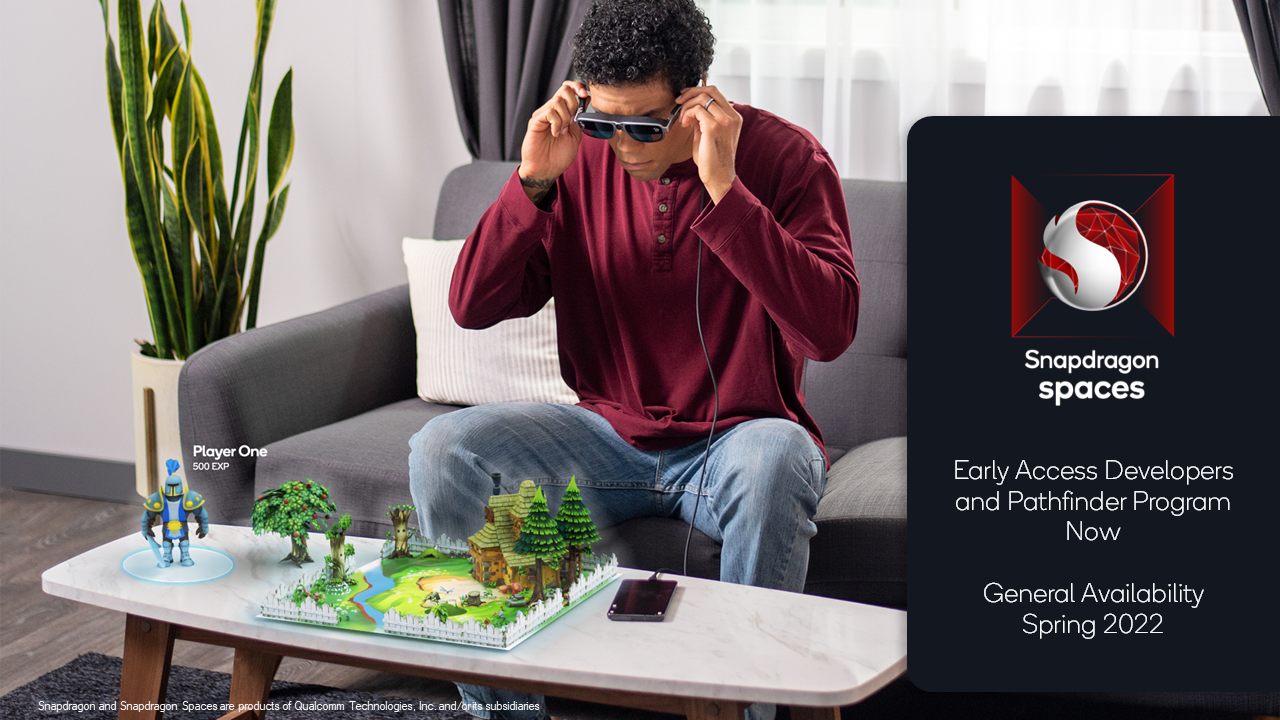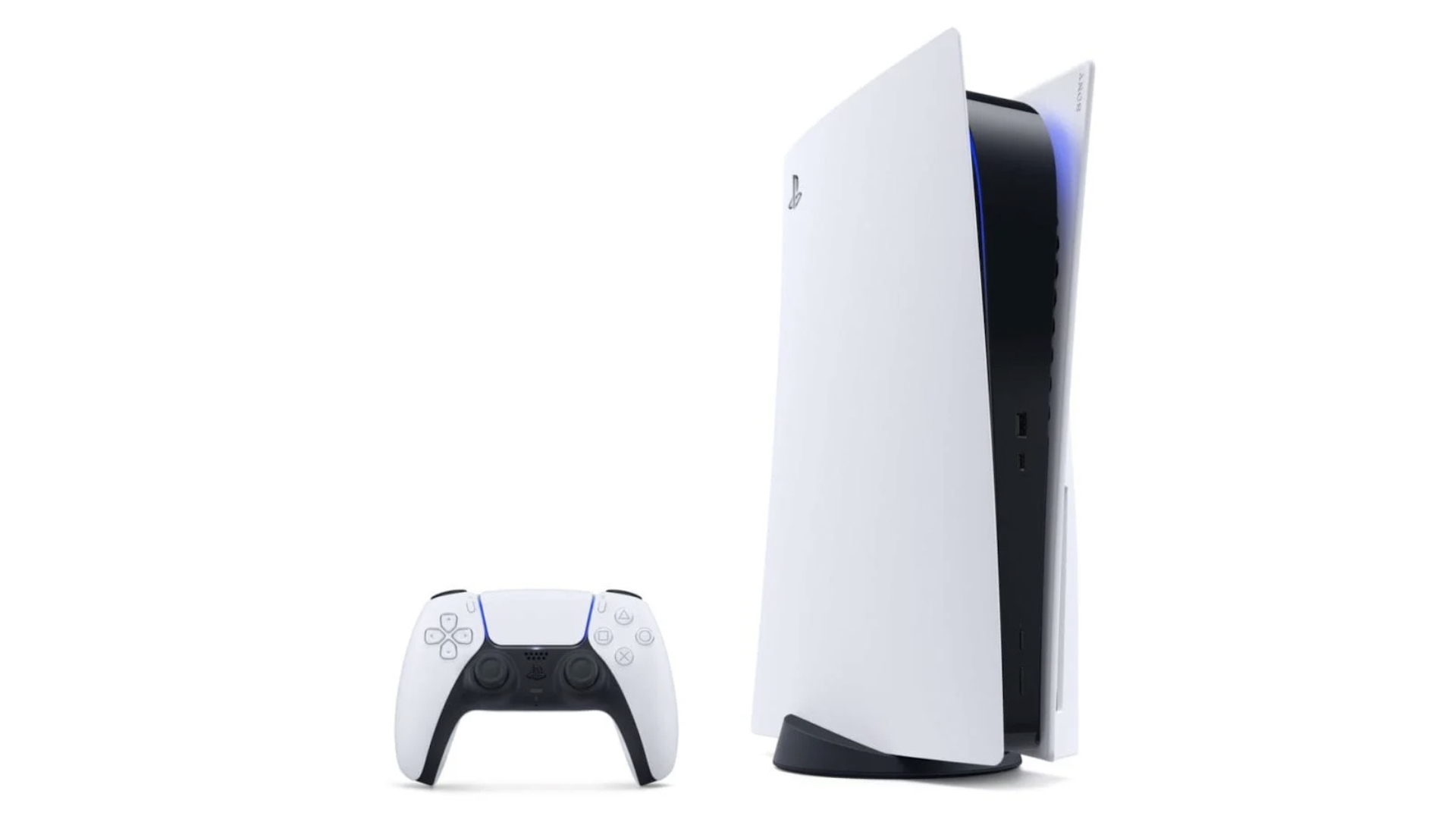
Metaverse has become the buzz word in technological circles. Almost all major platforms have some kind of future charted out based on virtual applications. The thing is these need AR (Augmented Reality) glasses to be fully effective. Indications are that smartphone brands may develop and launch their own AR glasses. And this is where chipmaker Qualcomm is stepping in. It has launched a platform to bridge the gap between the AR glasses and your smartphone. Quite simply, when you buy an AR glass, you can make it work with your smartphone through the software platform Snapdragon Spaces.
Towards this end, Qualcomm Technologies has unveiled its “Snapdragon Spaces XR Developer Platform” that will help developers improve existing apps and create new ones to make the most of the wearable AR devices.
Qualcomm said Snapdragon Spaces will offer robust machine perception technology that is optimized for performance and low power for the next generation of AR glasses.
Snapdragon Spaces will take a direct-to-consumer approach and allow developers to build applications for AR glasses and make them accessible to end users through smartphones.
- Qualcomm just made the ultimate Snapdragon smartphone, and you can buy it
- Thanks to Qualcomm, Wi-Fi gaming performance enhanced in Windows 11
Apple left out
Spaces is software that will make glasses work with more phone apps. The platform downloads to compatible phones and allows plug-in glasses to connect. The glasses become an extension of a phone, using the device’s processing power and telecom connection to provide experiences.
Snapdragon Spaces also enables developers to build 3D applications for AR glasses from scratch or simply add head-worn AR features to existing Android smartphone applications to provide unified, multi-screen experience between the smartphone screen in 2D and the real world in 3D.
Smartphone brands like Lenovo/Motorola, Xiaomi and Oppo are initial partners for the Snapdragon Spaces platform while app developers like Epic Games and Niantic are also in a tie-up.
“We are looking forward to enabling headworn AR application developers to reach maximum audiences through the open platform of Snapdragon Spaces and our future Snapdragon Space enabled devices,” said XueZhong Zeng, SVP of Xiaomi.
For the moment, the platform is compatible only with some Android phones that run on Qualcomm chips, and iPhones are cut off from this ecosystem. Readers would be aware that Apple uses the ARM M1 chip on its devices.
Tools for developers
Snapdragon Spaces has given early access to select developers and is expected to be generally available in the Spring of 2022, the company said.
The Snapdragon Spaces platform will give developers the tools to create headworn AR experiences that can sense and intelligently interact with the user and adapt to their physical indoor spaces.
“Some of the marquee environmental understanding features include spatial mapping and meshing, occlusion, plane detection, object and image recognition and tracking, local anchors and persistence, and scene understanding. The user understanding machine perception features include positional tracking and hand tracking,” Qualcomm said.
Developers will also receive a resource library that includes documentation, sample code, tutorials, knowledge bases, and tools to help accelerate their development.
Qualcomm strengthens the Spaces ecosystem

Qualcomm Technologies has acquired the team and certain technology assets from HINS SAS and its wholly owned subsidiary, Clay AIR, a provider of hand tracking and gesture recognition solutions, which allows developers the ability to create interactive experiences that have natural and intuitive user interactions with their hands. Qualcomm has also joined forces with Wikitude, a world-class AR technology provider.
Snapdragon Spaces includes software developer kits (SDKs) for leading 3D Engines, including Epic Games’ Unreal Engine so developers can create experiences using familiar 3D tools.
Niantic’s Lightship developer platform, launched this week, will integrate with Snapdragon Spaces to enable developers to create planet-scale AR experiences.
Qualcomm Technologies is also working with global operators, including Deutsche Telekom, NTT Docomo, and T-Mobile US. The operators will help scale and bring AR glasses tethered to smartphones supporting Snapdragon Spaces to commercialization starting next year.
T-Mobile US and Deutsche Telekom will support Snapdragon Spaces with their T-Mobile Accelerator innovation programs for developers.
Lenovo ThinkReality A3 smart glasses paired with a Motorola Smartphone will be the first to commercialize Snapdragon Spaces.
- Want to know about the latest happenings in tech? Follow TechRadar India on Twitter, Facebook and Instagram!



